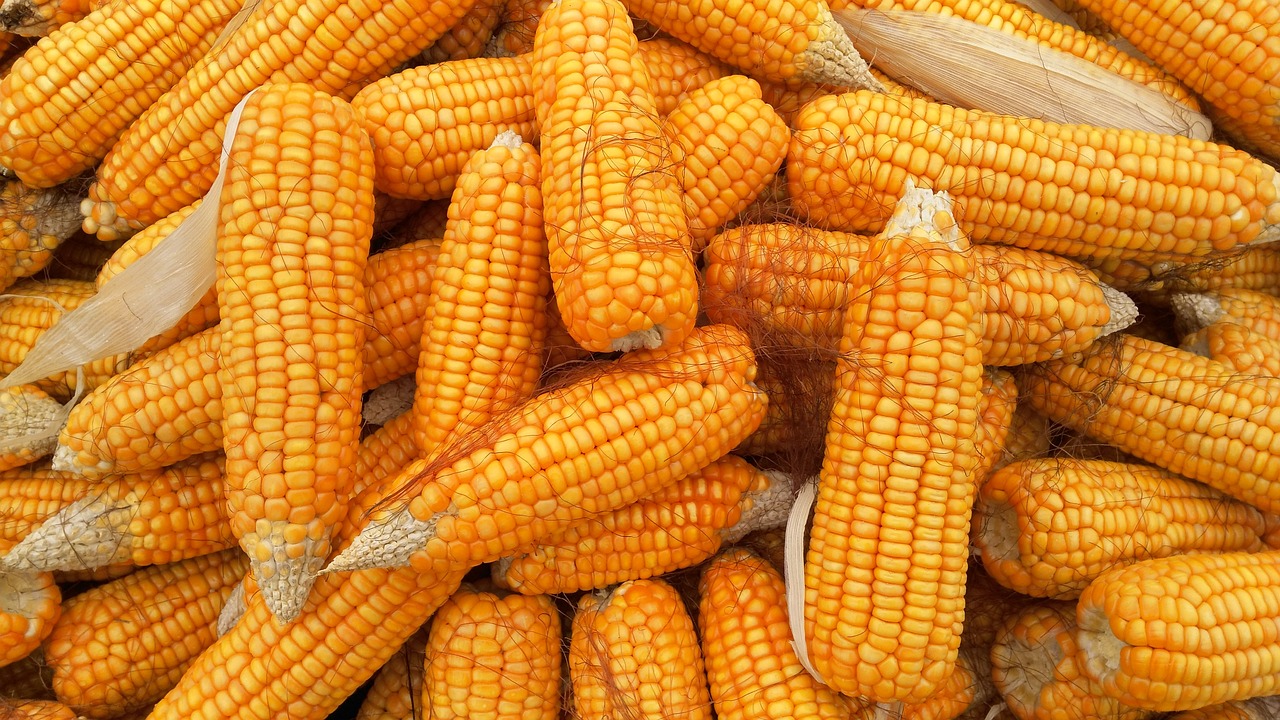What's Next for the Corn Market?

- At the end of May, the National Corn Index showed available stocks-to-use to be 12.6%.
- The first half of June has seen the Index drop about 7.0 cents meaning available stocks-to-use have increased.
- Seasonally, the Index tends to post a sharp sell-off from mid-June through the end of September.

In my monthly analysis of real month-end fundamentals for the various grain markets, I’ve simplified the discussion by applying the Law of Supply and Demand: Market Price is the point where the quantity demanded equals quantities available creating a market equilibrium. My take on this Law is tweaked by looking at “available supplies” rather than “total supplies”, an important distinction in the Grains sector given supplies can be held off the market in on-farm or commercial storage. If we consider the three variables in the equation (Market Price = Supply, Demand) the only one known is Market Price. Therefore, a study of Market Price is all that is needed to understand the relationship between the unknown variables of Supply and Demand. This understanding of real fundamentals is key for those using the corn market as a long-term investment vehicle. Otherwise, we are just the feather from the movie Forrest Gump, blown around by whatever burst of hot air happens to come along.
The National Corn Index ($CNCI) was calculated near $4.20 at the end of May putting available stocks-to-use (as/u) at 12.6%. From a quarterly point of view, based on the standard marketing year running from September through August, the May figure (end of Q3) was slightly larger than the end of February with the NCI at $4.27 and as/u of 12.4%. The May 2024 numbers were $4.26 and 12.4%. As Q3 came to an end, the NCI was trending down indicating supplies were outdistancing demand. Historically, the May 2025 as/u of 12.6% was the largest Q3 figure since 2020’s 14.8 and larger than the previous 10-year average of 12.2%.

It will be interesting to see how the National Corn Index, the national average cash price and the corn market’s intrinsic value, plays out over the coming days, weeks, and months. Based on its seasonal study, the Index tens to post a secondary high weekly close the second week of June – last week – before falling off sharply through the last weekly close of September:
- The 5-year index (red line) shows a drop of 18%
- The 10-year index (blue line) shows a slide of 16%
If we view last Friday’s calculation near $4.22 as a secondary high, then the projected target area for a low weekly close would be between $3.55 and $3.45. Monday evening saw the Index priced near $4.13.
Theoretically, if the Index were to fall to a low weekly close near $3.50, splitting the difference between the 5-year and 10-year seasonal patterns, it would:
- Put available stocks-to-use at 14.0%, the largest month-end figure since August 2020’s 14.4% (Index priced at $3.26)
- Put the NCI i(green column) n the lower 10% of its price distribution range based on weekly closes only back through January 2020.

From an investment point of view, long-term investors could still be long the Teucrium CORN ETF (CORN) from the August 2024 settlement of $17.70. Along the way there have been a number of opportunities to sell short-dated new-crop options based on the December 2025 futures contract, resulting in gains of roughly 25.0 cents per bushel. The most recent position would’ve been selling short-dated new-crop July $4.40 puts for 8.0 cents, with these positions expiring this coming Friday and the Dec25 futures contract (ZCZ25) priced at $4.35 Monday afternoon. The market has posted a high of $4.3950 Tuesday morning.

On the date of publication, Darin Newsom did not have (either directly or indirectly) positions in any of the securities mentioned in this article. All information and data in this article is solely for informational purposes. For more information please view the Barchart Disclosure Policy here.